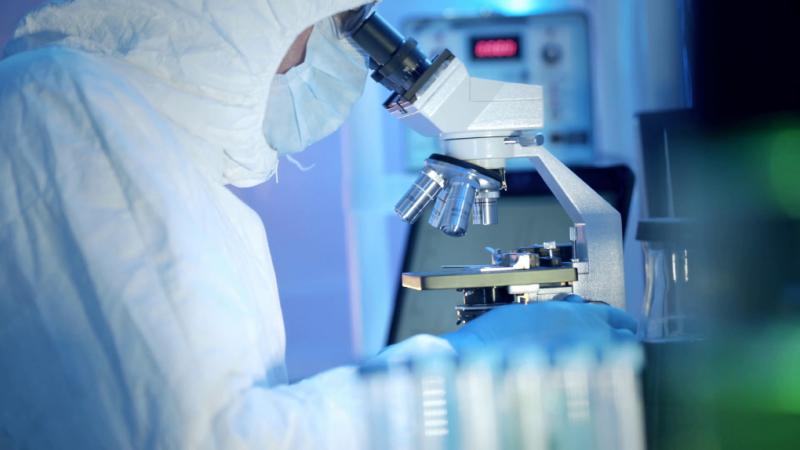
Early Toxicity Testing (ETT) Market Set to Reach USD 15 Billion by 2030
Share

The global Early Toxicity Testing (ETT) Market, is poised for significant growth, with projections estimating it will reach USD 15 billion at a compound annual growth rate CAGR of 5% by 2030, according to a new research report by Next Move Strategy Consulting.
Discover More – Get a FREE Sample Today!
Early Toxicity Testing plays a crucial role in drug development by identifying potential safety concerns before the clinical trial phase. As the cost and time associated with drug development continue to rise, and the failure rate of drugs in clinical trials remains high, pharmaceutical companies are increasingly focusing on ETT to identify and mitigate risks earlier in the drug development process.
The primary goal of early toxicity testing is to predict and assess the safety of new drug candidates, ensuring they do not pose a risk to human health. This focus on early-stage safety testing is accelerating the adoption of advanced methods to evaluate drug candidates more effectively, helping to streamline the drug development process while reducing overall costs.
However, challenges remain within the market, particularly due to the lack of standardization in toxicity testing methods. Inconsistent testing results and challenges in comparing data across different studies can create uncertainty, hindering the growth of the industry. Despite these challenges, there are emerging opportunities within the field. Growing concerns for animal welfare and the development of alternative toxicity testing methods—such as in vitro (cell culture) and in silico (computer simulation) testing—are contributing to the expansion of the early toxicity testing market. These alternative methods offer more accurate, cost-effective, and ethical testing options.
The increasing adoption of in vitro and in silico techniques is reshaping the landscape of early toxicity testing. These alternatives promise to reduce the reliance on animal testing, improve testing precision, and accelerate the drug development timeline. Moreover, as the pharmaceutical industry faces increasing pressure to comply with regulatory standards and prioritize patient safety, the demand for efficient and reliable early toxicity testing solutions is expected to rise.
Conclusion:
The Early Toxicity Testing market is positioned for significant growth, driven by the rising need for safer, faster, and more cost-effective drug development processes. As pharmaceutical companies seek to reduce the risk of late-stage drug failures, early toxicity testing offers a critical solution for improving safety assessments and optimizing drug development timelines. Although challenges such as lack of standardization in testing methods remain, the increasing adoption of in vitro and in silico testing methods, alongside growing concerns for animal welfare, presents a promising future for the market. The continued evolution of alternative toxicity testing methods will undoubtedly accelerate the growth of the early toxicity testing industry, ensuring safer and more efficient drug development processes moving forward.